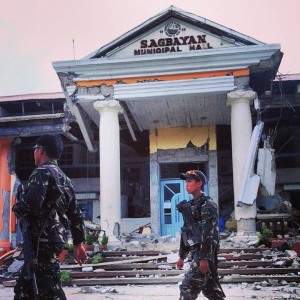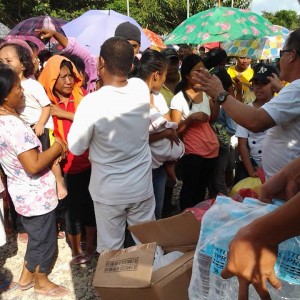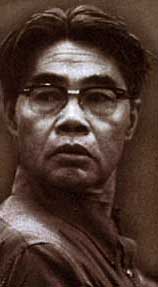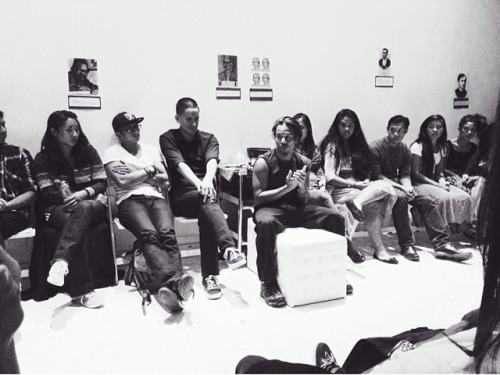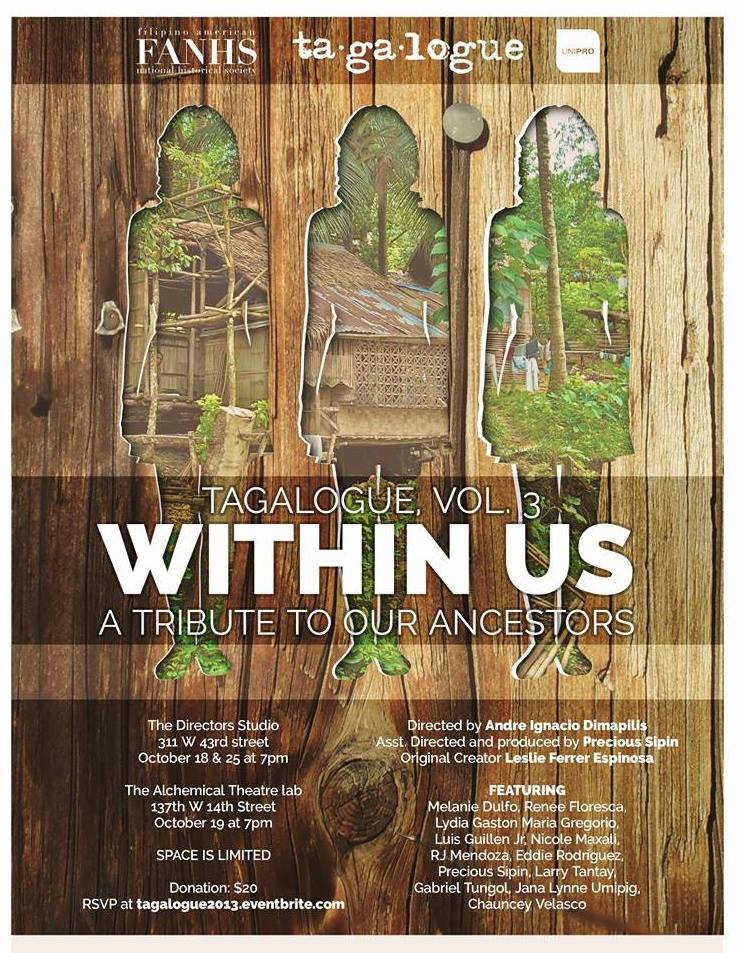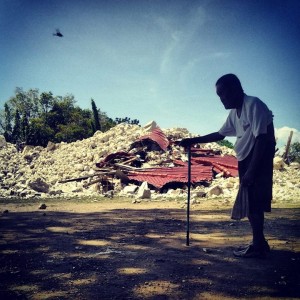 I was in my final hours of my latest visit to Japan when I received news of the earthquake that struck the Visayas. I started off that trip at the city of Sendai in Tohoku, the region that took the brunt of the 2011 earthquake and tsunami. As I watched the crowds clamoring for the latest game releases at the Tohoku Pokemon Center, I tried to picture what those kids must've experienced just a couple years earlier. Fast forward a couple days and the Tohoku quake came to mind again just as footage from Bohol and Cebu started trickling into CNN and NHK. But instead of imagining the victims I began to recall the heroes, the faces of those who - no matter how big or small their contributions were - answered in solidarity the calls of doing their part in the relief and rebuilding effort.
As Filipino-American History Month draws to a close, let's end it strong by showing our own solidarity with our kababayan in Bohol and Cebu by helping them recover from the recent earthquake. Coming off the MNLF siege in Zamboanga that ended a couple weeks prior and Typhoon Santi which struck Luzon just days earlier, beleaguered relief groups need help more than ever and even the United Nations has made a call additional funds to help compliment existing efforts.
I was in my final hours of my latest visit to Japan when I received news of the earthquake that struck the Visayas. I started off that trip at the city of Sendai in Tohoku, the region that took the brunt of the 2011 earthquake and tsunami. As I watched the crowds clamoring for the latest game releases at the Tohoku Pokemon Center, I tried to picture what those kids must've experienced just a couple years earlier. Fast forward a couple days and the Tohoku quake came to mind again just as footage from Bohol and Cebu started trickling into CNN and NHK. But instead of imagining the victims I began to recall the heroes, the faces of those who - no matter how big or small their contributions were - answered in solidarity the calls of doing their part in the relief and rebuilding effort.
As Filipino-American History Month draws to a close, let's end it strong by showing our own solidarity with our kababayan in Bohol and Cebu by helping them recover from the recent earthquake. Coming off the MNLF siege in Zamboanga that ended a couple weeks prior and Typhoon Santi which struck Luzon just days earlier, beleaguered relief groups need help more than ever and even the United Nations has made a call additional funds to help compliment existing efforts.
You have two options. First is attending a local fundraiser! I'm currently compiling a master list of events from small towns to big cities across the US and I'm hoping to eventually expand this through any shout-outs from fellow Fil-Ams! Check these out:
New York City
November 1
- Lani Misalucha will be having a benefit concert at Kalayaan Hall in the Philippine Consulate from 8PM. Tickets are $45.
- Pinoy Pride Sa America and GK USA will be hosting Pinoy Spooky Night at Payag Restaurant in Queens starting at 8:30PM.
November 3
- NYC Hiking and Outdoor Adventure Group and Pinoy Pride sa America will have Help the Philippines: Fundraiser for Earthquake Victims at EVR Restaurant near Times Square from 11AM to 7PM.
Los Angeles
November 3
- Catalyst Group, Blare Productions, Chryzwin Kreations, and Red Garage Productions will have Bayanihan III at Josephine's Bistro in Cerritos from 7 to 10PM.
Baltimore
November 5
- FASA of the University of Maryland, Baltimore County will be hosting a Earthquake Relief Bake Sale from 11AM to 2PM at Commons Main Street.
And for those that want to have a more personal event with friends and family, why not try what Armand Frasco had in mind by inviting friends for a night of karaoke at your home and chip in some change as you sing in Karaoke for a Cause!
But what if there's no fundraising event nearby and I'd rather not have to go through another one of my tita's renditions of Dancing Queen?
Thankfully several groups both big and small are taking donations online!
We also have some Fil-Ams taking to crowdfunding sites! Here's a couple examples:
- Tagbilaran Association of Southern California's Helping Hands for Bohol
- Maricel Yunque's campaign to help residents in her parents' hometown
Unfortunately I missed out on some epic fundraisers by the time I compiled this list. However, I wish to share some of the spotlight to the likes of the Philippine Cultural Foundation of Tampa who hosted Operation Tulong at October 27, the Lomboc Association of California's GoFundMe campaign, and even a group up in the San Francisco Bay Area who hosted Zumba for a Cause! But hopefully there will be more to come! Who knows... maybe you might feel compelled to start one yourself!
Photos are courtesy of and used with permission from Berniemack Arelláno of HabagatCentral, a sojourner based in Cebu who provided coverage of the earthquake's hard-hit areas. Check out his blog!

